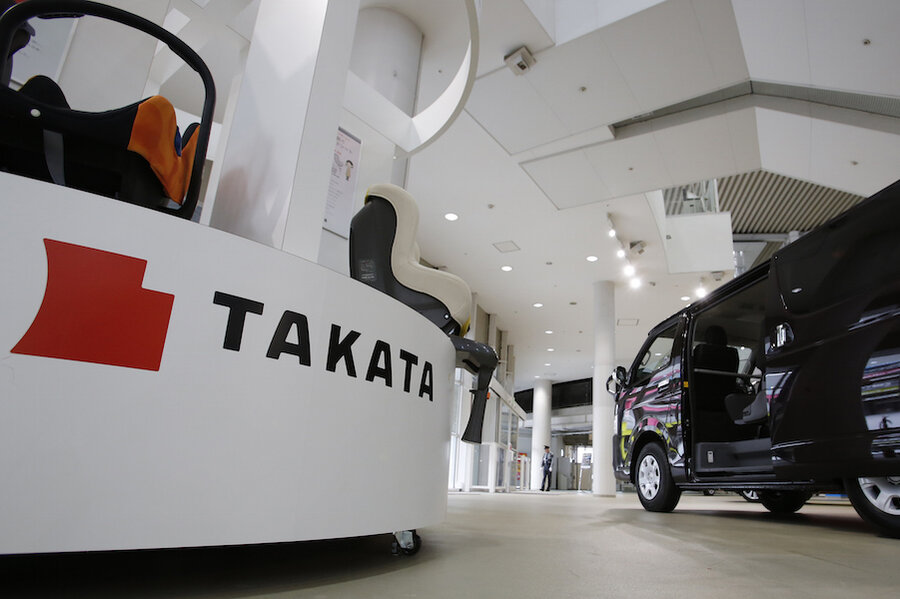Here's what caused Takata's exploding airbags
Loading...
Recalls related to Takata's fatally flawed airbags have been underway for several years, though the scope of the problem only became apparent to many people in 2014. The supplier and the National Highway Traffic Safety Administration have been investigating the devices far longer -- since at least 2008.
Unfortunately, none of those probes have conclusively determined what's caused Takata's airbags to explode, killing at least 10 people and injuring more than 100. (Takata's bizarre insistence that its airbags are totally safe hasn't helped, nor has the company's internal culture of deceit.)
And so, in February of 2015, ten of Takata's biggest clients took matters into their own hands. Now, they say that they've clearly identified the underlying problem -- or rather, problems.
The clients include BMW, Fiat Chrysler, Ford, General Motors, Honda, Mazda, Mitsubishi, Nissan, Subaru, and Toyota. Last year, they created something called the Independent Testing Coalition and hired rocket science firm Orbital ATK to get to the root of the problem.
And it has. Scientists have identified three -- and possibly four -- underlying issues that have caused Takata's airbags to explode:
Ammonium nitrate: While this compound has long been thought to be the fundamental problem with Takata's airbags, ITC studies show that Takata's particular formulation of ammonium nitrate -- which doesn't use a dessicant to remain dry -- has had deadly consequences.
Moisture: Ammonium nitrate isn't generally known for its stability. (It was, after all, used in the 1996 Oklahoma City bombing.) However, the ITC notes that it becomes exponentially worse when exposed to moisture, including humid air.
High temperatures: ITC studies show that explosions of Takata's ammonium nitrate are most likely under high temperatures. This helps explain why airbag-related deaths and injuries have tended to occur in warm climates rather than cold ones -- even cold ones with high levels of humidity.
Takata's inflator assembly: ITC hasn't conclusively shown that Takata's inflator assembly is a weakness, but tests suggest that it doesn't do a good enough job of shielding Takata's ammonium nitrate from moisture.
ITC says that, of the 28+ million Takata airbags that have been recalled, some 23 million of them make use of Takata's ammonium nitrate formulation. (Which could suggest that five million of the devices are being recalled unnecessarily.) However, as we reported earlier this week, up to 90 million additional Takata airbags employ the compound and could be recalled in the coming years.







